1. Balancing the Food Web

One of the most vital contributions wildlife makes to ecosystem restoration is its role in maintaining balance within the food web. Every ecosystem, from dense rainforests to grasslands, thrives on the intricate interactions between species. According to National Geographic, predators, herbivores, omnivores, and scavengers all play their part in ensuring that no one species takes over and disrupts the natural flow of resources. Take wolves, for instance, in ecosystems like Yellowstone National Park. Wolves regulate the population of herbivores like deer, ensuring that these grazers don’t overconsume vegetation that could lead to the depletion of vital plant species.
Without these top predators, plant life would face overgrazing, affecting not just the plants but also other species that depend on them for food and shelter. This balance between predator and prey keeps herbivore populations in check, ensuring plants, trees, and shrubs remain abundant and diverse. Additionally, when herbivores like elephants roam forests, they create open spaces by feeding on young saplings and underbrush. These open spaces allow grasses and other vegetation to flourish, indirectly supporting entire ecosystems of smaller creatures like insects, birds, and rodents. Essentially, wildlife contributes to the maintenance of a healthy, balanced food web that sustains all levels of life in an ecosystem.
2. Pollination Power
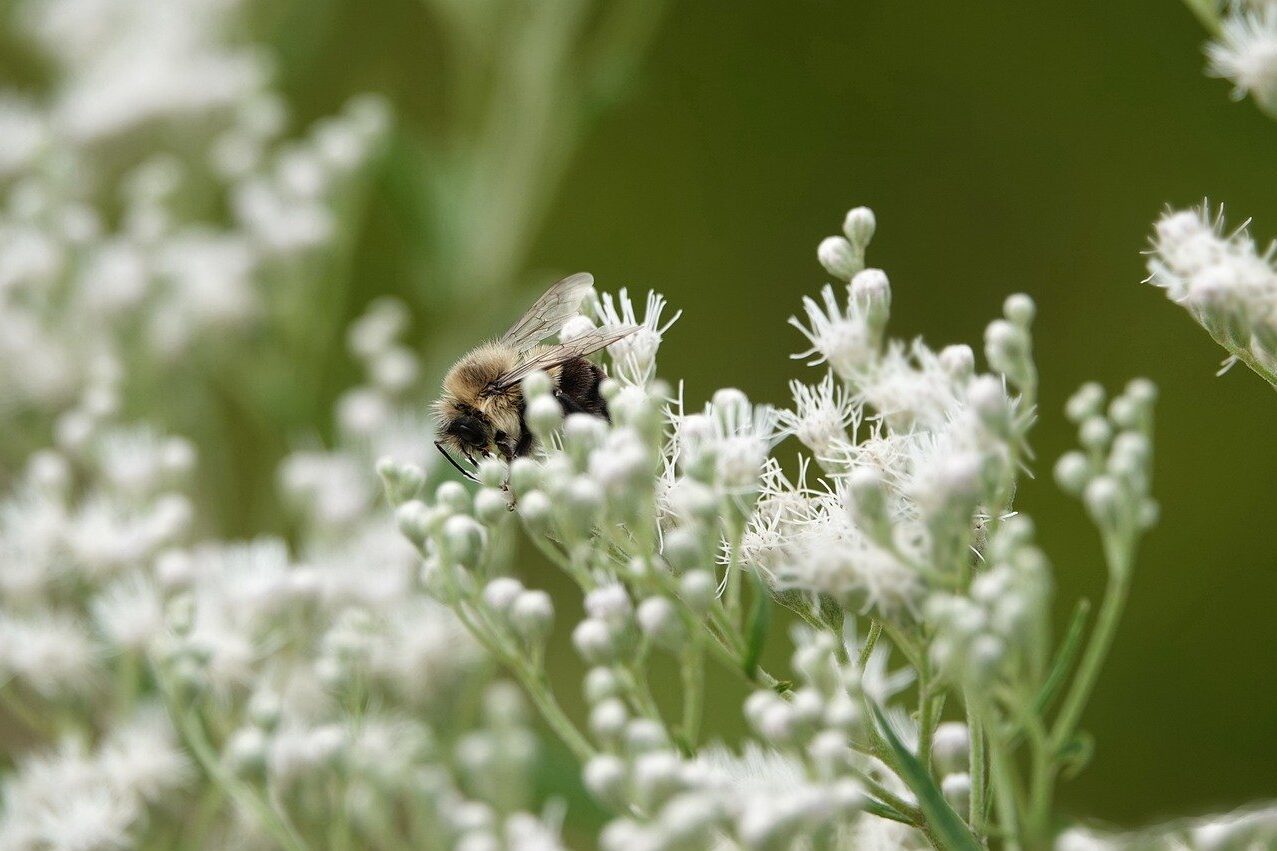
Pollinators are often the quiet heroes that work tirelessly to ensure plants can reproduce and ecosystems can thrive. Bees, butterflies, birds, bats, and even some mammals all play significant roles in pollinating plants, making them a fundamental part of restoring ecosystems, according to research in Resources for Rethinking. Pollinators carry pollen from one plant to another, facilitating reproduction and ensuring that plants can produce fruits, seeds, and offspring. Without pollination, the loss of these vital processes would drastically affect plant life, which in turn would negatively impact the entire food chain.
Pollinators also support a diversity of plant species that provide food and shelter for wildlife. For example, by pollinating native plants, bees help establish a strong foundation of local plant life that can support a wide variety of insects, mammals, and birds. This network of relationships between pollinators and plants is crucial for rebuilding ecosystems, especially in areas impacted by deforestation or degradation. In tropical rainforests, for instance, large animals like fruit bats or primates assist in spreading seeds and pollens of large trees, which helps ensure the regeneration of crucial habitats. These pollination processes ultimately lead to increased biodiversity and ecosystem stability.
3. Soil Health
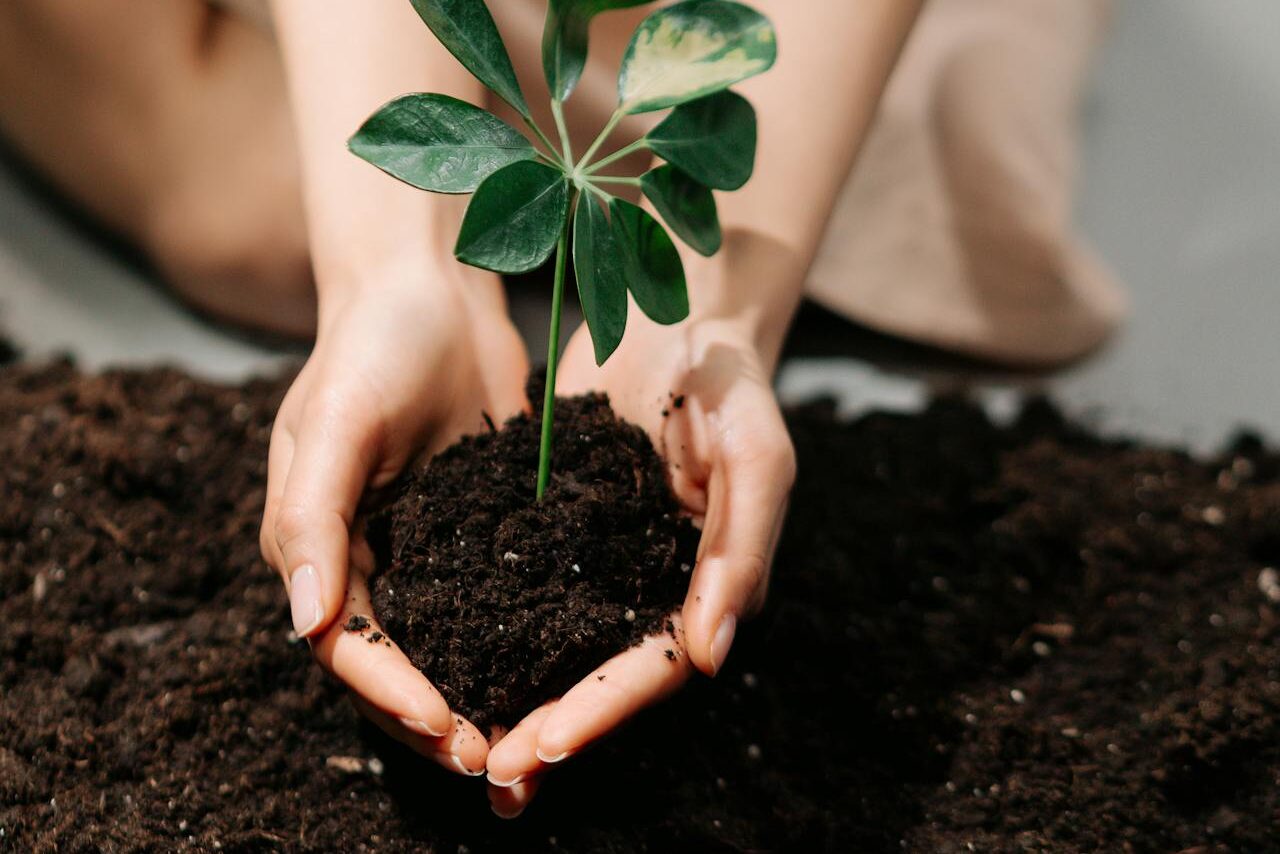
Healthy soil is the backbone of any thriving ecosystem, and wildlife plays a pivotal role in maintaining soil fertility and structure, according to the USDA. Earthworms, ants, beetles, and other soil-dwelling creatures are responsible for breaking down organic matter, such as dead plants, animals, and waste products. This decomposition process releases essential nutrients back into the soil, making it fertile and capable of supporting plant life. As these creatures burrow through the earth, they also help aerate the soil, which improves water infiltration and root growth. This is especially crucial in areas where soil has been compacted or depleted by human activity or natural events like droughts.
In degraded environments, these small creatures can assist in the long-term recovery of the land. For example, in desertification-prone areas, the actions of insects and microorganisms help rejuvenate the soil by breaking down tough plant matter and reintroducing nutrients that help support vegetation. In forests, fungi and decomposers work tirelessly to break down organic matter, ensuring that even after a disturbance like a wildfire, the soil remains fertile enough for new plants to grow. The role of wildlife in maintaining healthy soil is integral to the recovery of ecosystems, allowing for plant and animal life to rebound in previously barren areas.
4. Seed Dispersal
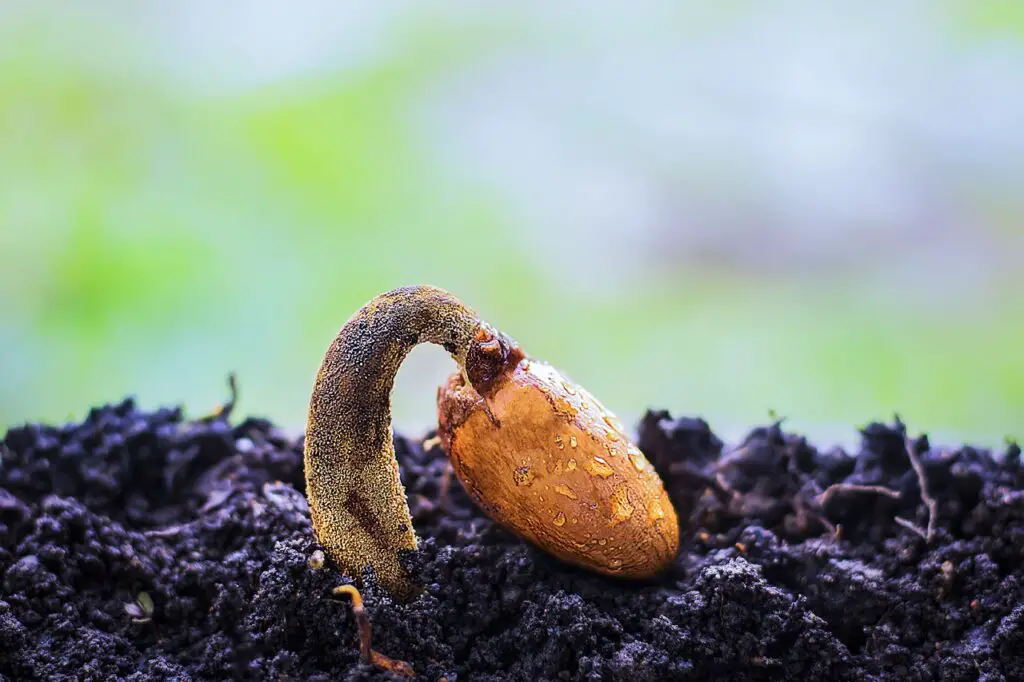
The movement of seeds across ecosystems is another critical function that wildlife fulfills in restoring habitats. According to Wikipedia, many plants rely on animals to disperse their seeds far and wide, ensuring that new plants can grow in different areas, ultimately contributing to biodiversity and ecosystem stability. Birds, mammals, insects, and even reptiles all have different methods of seed dispersal. For example, birds often consume fruits and then deposit the seeds far from the parent plant, allowing the seeds to grow in new areas that are free from overcrowding.
In some cases, larger animals like elephants or primates play a crucial role in dispersing large tree seeds. These animals consume fruits and plants and later excrete seeds in different areas, where the seeds can germinate in fertile environments. This process is particularly important in tropical rainforests, where trees that produce large fruits need these animals to spread their seeds across the dense forest floor. Without wildlife, the spread of seeds would be limited, and plant species might face local extinction. Additionally, animals such as squirrels gather acorns and bury them for later consumption. Often, these seeds are forgotten or left behind, which leads to the growth of oak trees in new locations.
5. Water Cycle Regulation
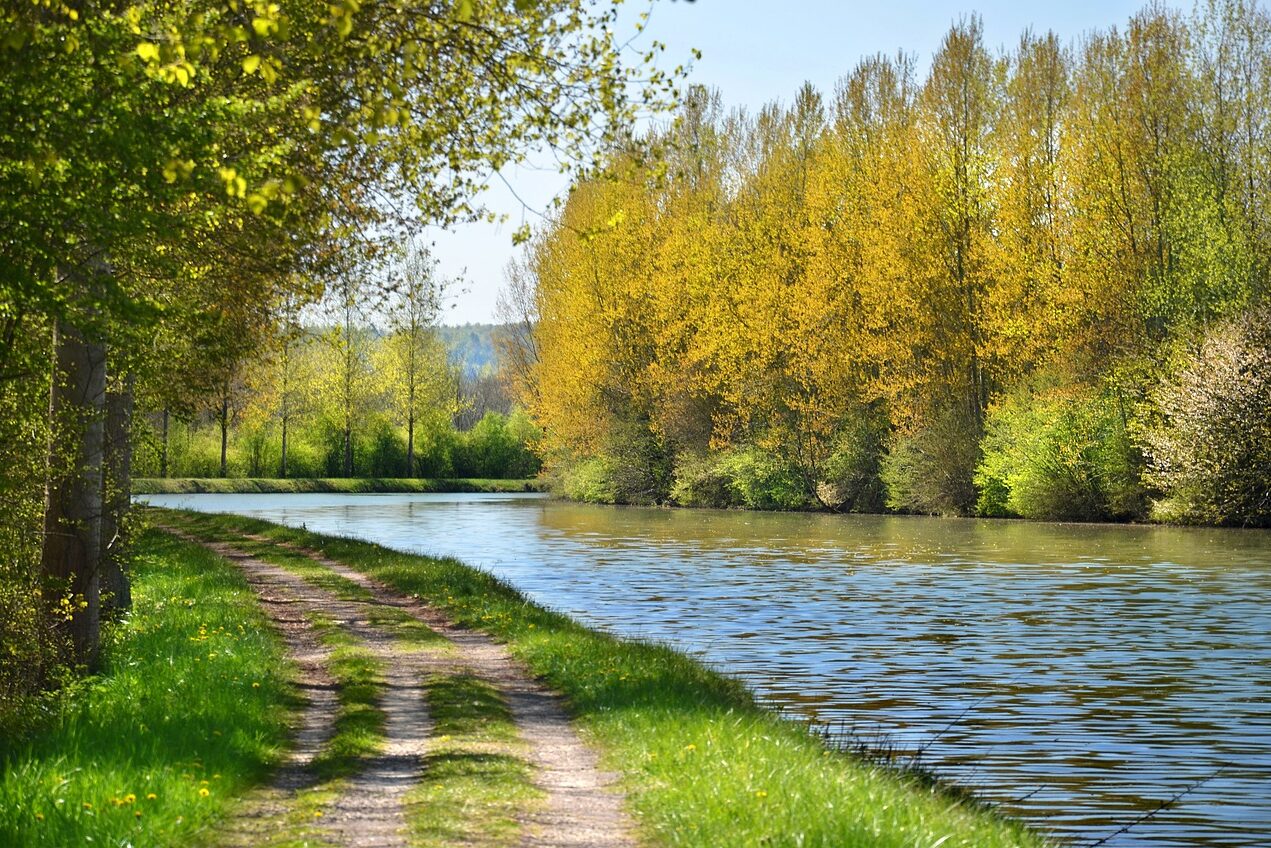
Wildlife plays an important role in regulating the water cycle, a process that is essential for maintaining healthy ecosystems. Beavers are a perfect example of creatures that significantly impact water systems. According to NOAA, by building dams in rivers and streams, beavers slow down the water’s flow, creating wetlands in the process. These wetlands act as natural filters, purifying water, and providing habitat for many species of plants and animals. Beavers are essentially engineers of the ecosystem, creating an environment that supports a wide range of organisms, from amphibians to birds, while also maintaining soil moisture.
Other wildlife species also influence water flow in their habitats. For example, birds, by flying between ecosystems, help redistribute moisture through their bodily processes, contributing to the creation of clouds and local rainfall. These small but mighty interactions help keep the water cycle in motion, ensuring that ecosystems receive the moisture they need for vegetation and wildlife to thrive. Additionally, aquatic life such as fish, amphibians, and invertebrates can help regulate the health of water bodies. They consume algae and other organisms that might otherwise overwhelm water systems, thereby maintaining balance in freshwater and marine environments.
6. Habitat Restoration
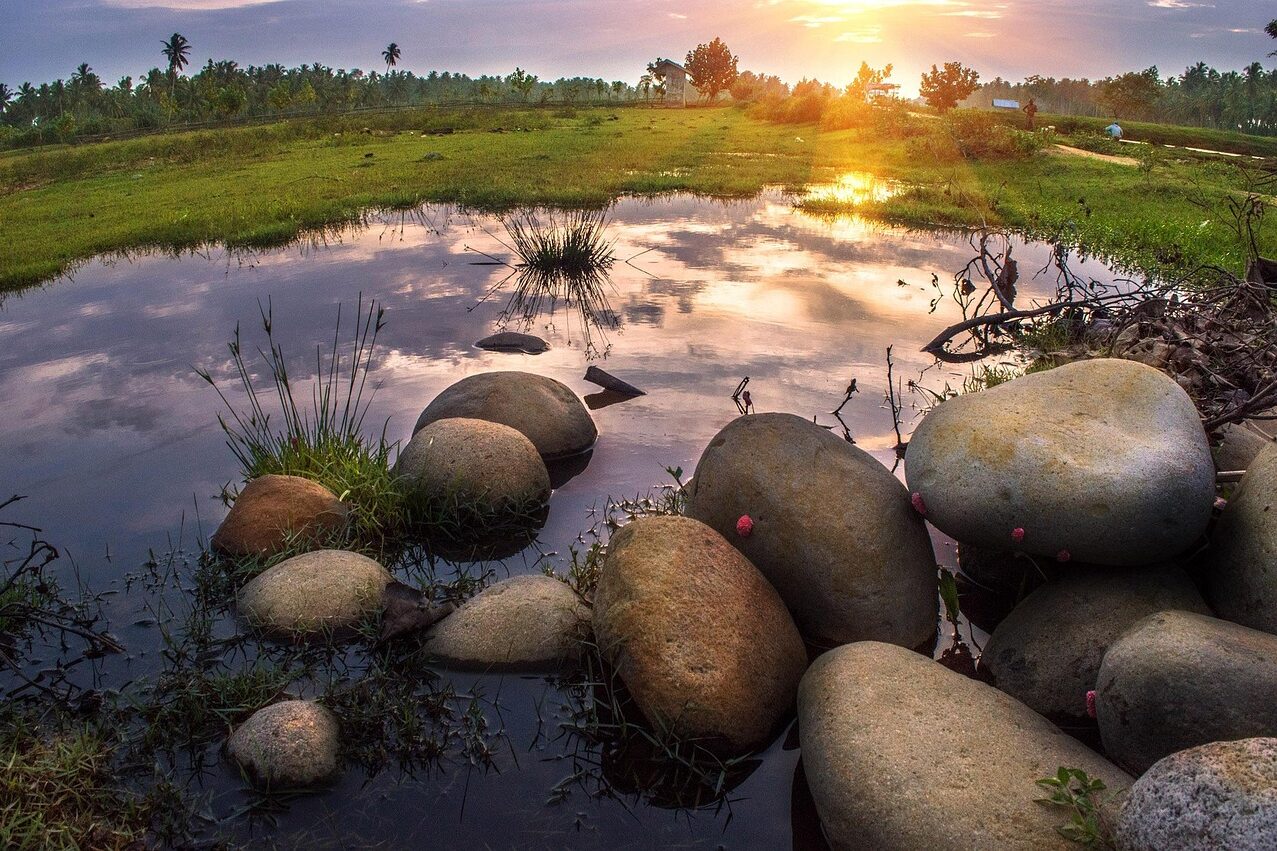
When ecosystems are damaged by human activity or natural disasters, wildlife often plays an essential role in helping restore these habitats. One of the key ways animals contribute is through their natural behaviors. For example, elephants are known to clear dense vegetation in savanna ecosystems. This behavior helps open up spaces for grasses and smaller plants to grow, promoting biodiversity. When elephants graze on shrubs and trees, they create a mosaic of vegetation types that can support various herbivores and the predators that follow.
In forest ecosystems, birds and insects contribute to habitat restoration by pollinating plants, dispersing seeds, and helping to maintain a healthy balance between flora and fauna. Some bird species, such as woodpeckers, help in the regeneration of forest ecosystems by creating cavities in trees that serve as homes for other species, including mammals and insects. Additionally, grazing animals like bison help maintain grassland ecosystems by preventing the overgrowth of grasses, ensuring that a mix of plant species can coexist. In areas where soil quality is low or the vegetation is sparse, wildlife activities like foraging and nesting can assist in the regeneration of plant life, ultimately leading to a recovery of the entire ecosystem.
7. Carbon Sequestration
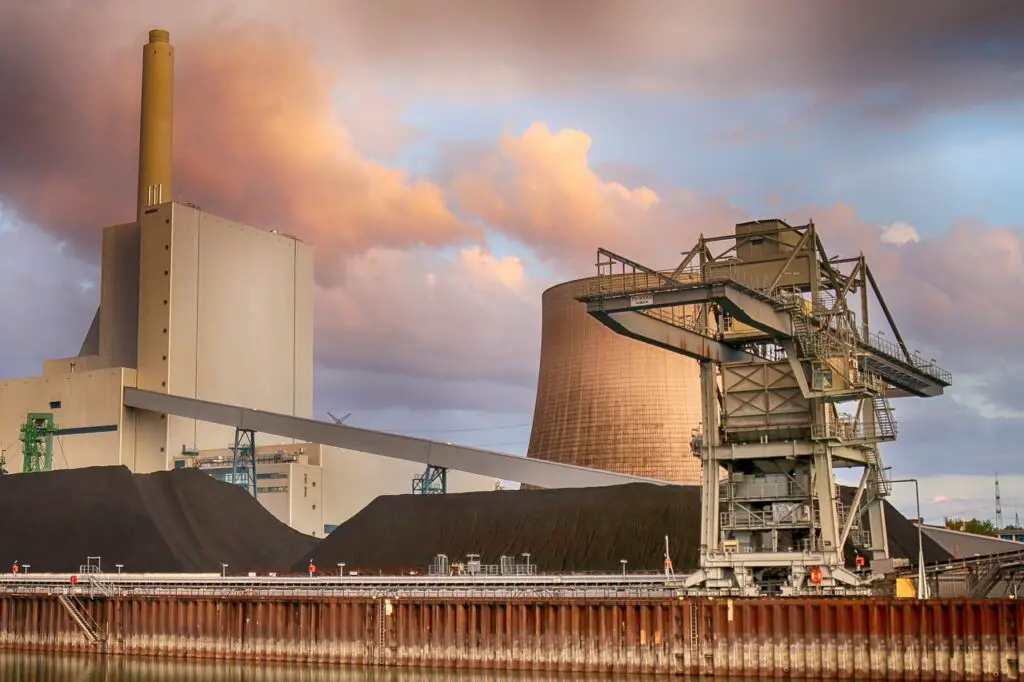
Wildlife is integral in the process of carbon sequestration, which involves capturing and storing carbon dioxide from the atmosphere. According to USGS, this process is critical in mitigating climate change. For instance, forests are major carbon sinks that absorb carbon dioxide. Trees not only act as carbon storage facilities, but they also provide habitats for countless species, from insects to large mammals. The health of these forests is directly tied to the health of wildlife populations, as they contribute to forest regeneration by dispersing seeds and maintaining the ecosystem balance.
In aquatic ecosystems, marine wildlife such as coral reefs also play a role in carbon sequestration. Coral reefs absorb carbon from the ocean and the atmosphere, helping to reduce the concentration of greenhouse gases. These reefs are home to numerous species of fish, invertebrates, and plants, all of which contribute to a healthy, functioning system that supports carbon storage. When coral reefs are damaged or destroyed, their ability to sequester carbon is greatly diminished, which highlights the importance of maintaining healthy ecosystems for climate regulation.
8. Natural Pest Control
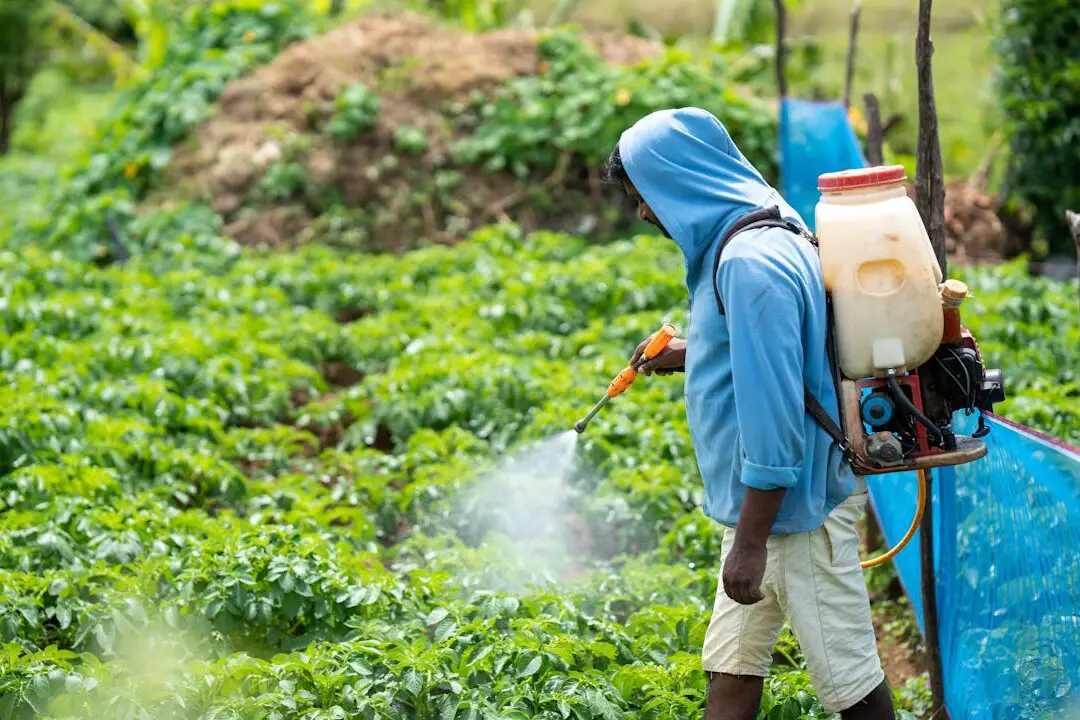
Wildlife provides natural pest control, an invaluable service that helps maintain the health of plants and crops in ecosystems. According to EarthEasy, insects like ladybugs, beetles, and spiders are effective predators of harmful pests, such as aphids and other plant-damaging species. These insects keep pest populations in check, ensuring that plant life can thrive without being overwhelmed by destructive organisms. Without these natural predators, pest populations would spiral out of control, leading to the destruction of crops and the loss of plant biodiversity.
Predators like hawks, owls, and foxes also contribute to pest control by regulating small rodent populations. These rodents, such as rats and rabbits, can cause significant damage to crops and vegetation if left unchecked. By keeping rodent numbers low, these predators ensure that vegetation remains intact and that the soil is not overburdened by excessive grazing. Natural pest control helps to restore ecosystems by minimizing the need for artificial pesticides and promoting a healthier, more balanced environment.
9. Decomposers: Nature’s Cleanup Crew
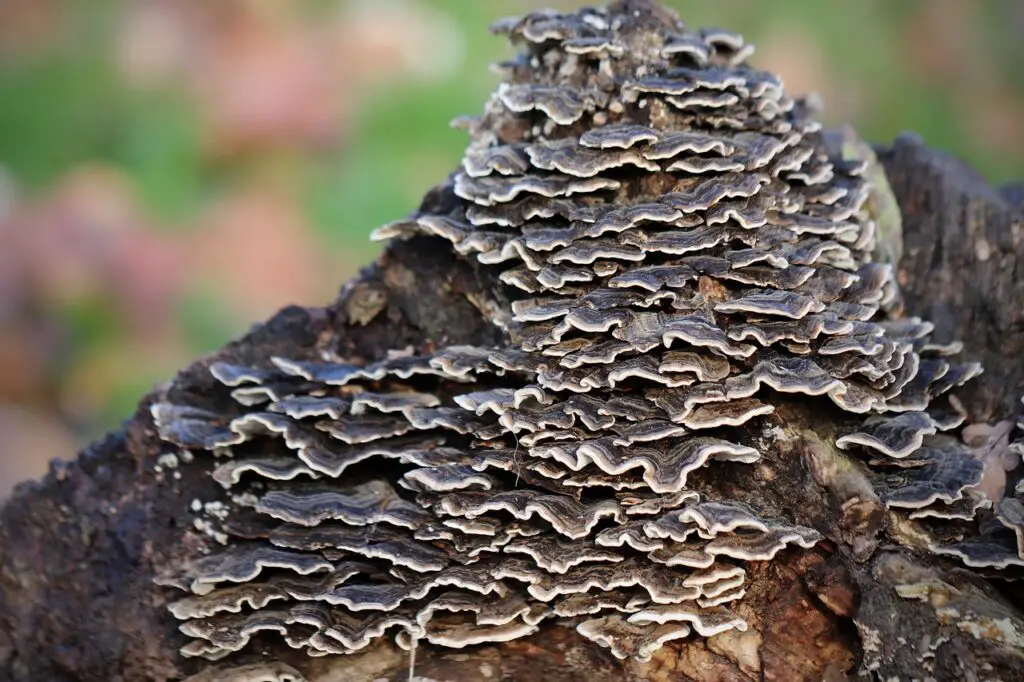
Decomposers are essential to the health of ecosystems, acting as nature’s cleanup crew. Organisms like fungi, bacteria, and scavengers such as vultures and hyenas break down dead plant and animal material, returning vital nutrients back into the soil. This process, known as decomposition, ensures that organic matter doesn’t pile up and that nutrients are recycled for the growth of new life. Without decomposers, the flow of nutrients would halt, causing the ecosystem to break down.
Vultures, for example, consume the remains of dead animals, which helps prevent the spread of disease and ensures that nutrients are returned to the ecosystem. Similarly, fungi break down organic material in forests and grasslands, supporting plant growth by enriching the soil with necessary nutrients. The decomposition process is crucial for soil health and ecosystem restoration, as it ensures that each stage of life, from birth to death, is recycled to maintain balance in the environment.
10. Restoring Forests
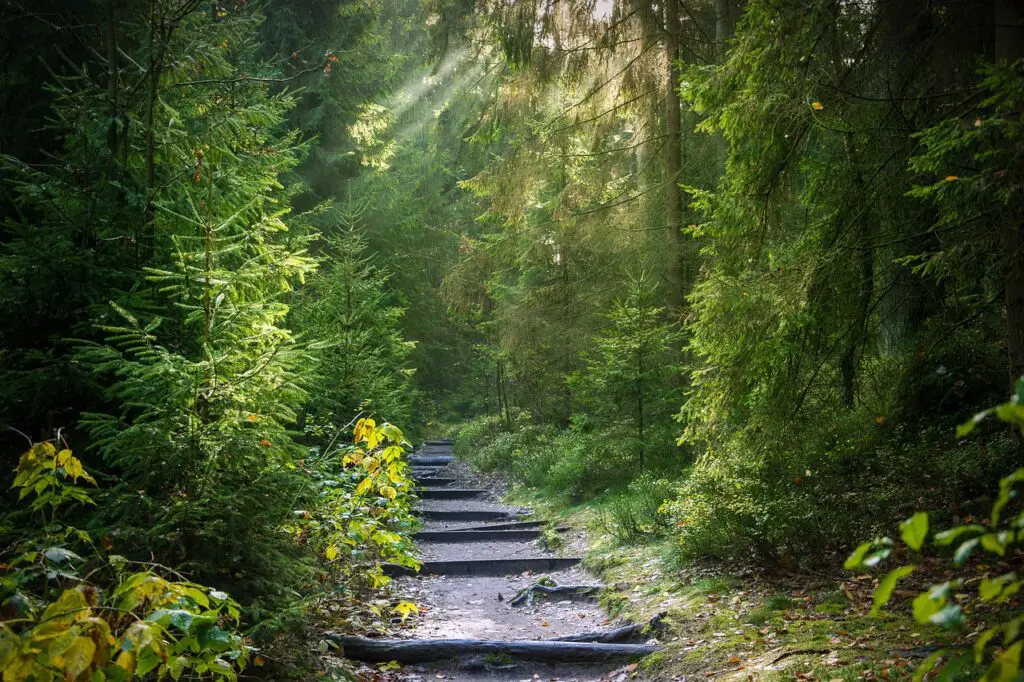
Forest ecosystems rely heavily on wildlife for their regeneration and ongoing health. Apex predators, like jaguars and tigers, help maintain the balance by regulating the populations of herbivores. When apex predators are removed from an ecosystem, herbivore populations can grow unchecked, which may lead to overconsumption of plant life. This depletion of vegetation can cause long-term damage to the forest, hindering its ability to regenerate.
Wildlife that interacts with trees, such as fruit bats and monkeys, also helps forests regenerate by dispersing seeds and pollens that lead to the growth of new plants. These animals are vital for the survival of certain plant species that rely on them for seed dispersal. As these animals move through the forest, they help create new growth and contribute to forest density. Restoring forests is a long-term process, and wildlife is integral in helping accelerate this recovery by encouraging biodiversity and natural processes.
11. Preventing Soil Erosion
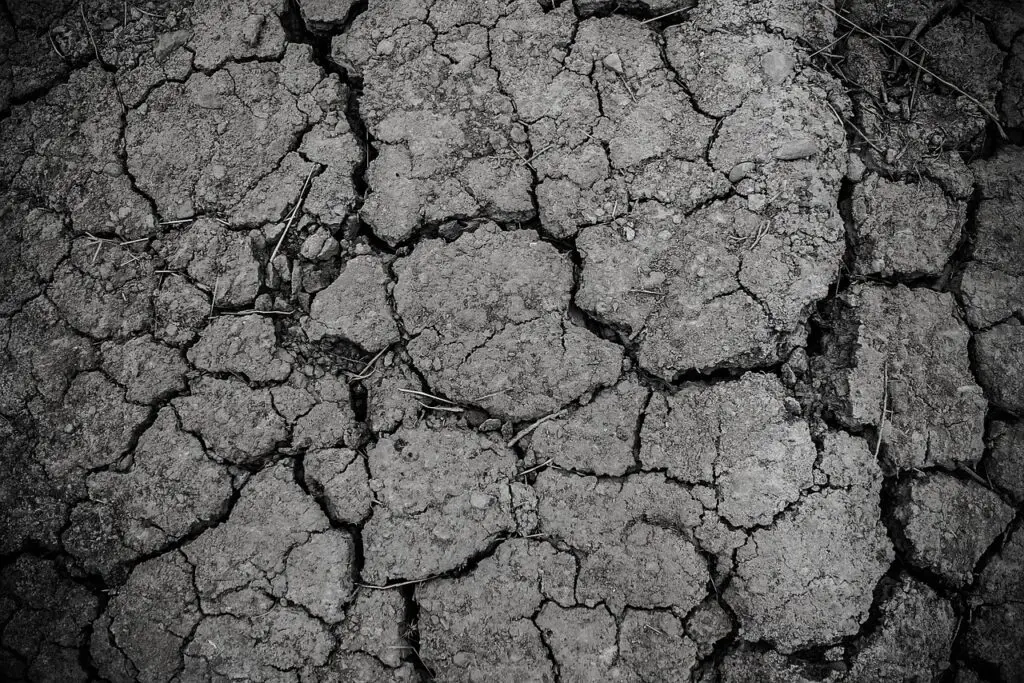
Wildlife plays an important role in preventing soil erosion, which is a significant concern in many ecosystems, particularly in areas where human activity or natural disasters have damaged the land. Grazing animals such as cows and goats can compact the soil, but when there is a proper balance of wildlife species, they help stabilize the soil and prevent erosion. Herbivores like bison and wildebeest help manage the growth of grasses, which in turn prevent the soil from becoming loose and vulnerable to wind or water erosion.
In coastal ecosystems, species like sea turtles and crabs help maintain sandy dunes and prevent beach erosion. By nesting in the sand or burrowing into the ground, these animals help anchor the soil and prevent it from being washed away by storms. Wildlife contributes to the structural integrity of ecosystems, ensuring that habitats remain intact and the land is not eroded over time.
12. Enhancing Biodiversity
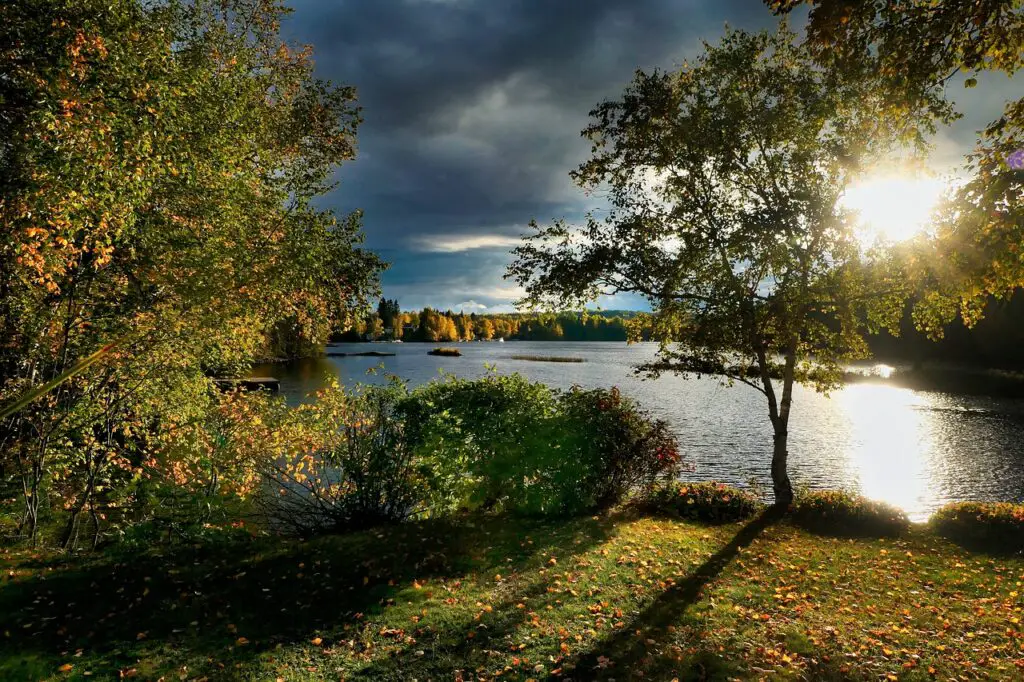
Biodiversity is a cornerstone of healthy ecosystems, and wildlife is at the heart of it all. Every species, from the tiniest insect to the largest predator, plays a role in supporting ecosystem function. When one species thrives, it creates opportunities for other species to flourish as well. For example, the presence of beavers in wetlands can create a variety of habitats for amphibians, birds, and small mammals, which ultimately contributes to greater biodiversity.
In healthy ecosystems, wildlife interactions encourage the survival of a diverse range of species, helping to restore environments that may have been damaged by human activity or climate change. A rich variety of species ensures that the ecosystem can adapt to changes and recover from disruptions. When biodiversity is high, ecosystems become more resilient to disease, climate fluctuations, and human-induced impacts, making wildlife conservation a key element of ecosystem restoration.
13. Promoting Resilience Against Climate Change
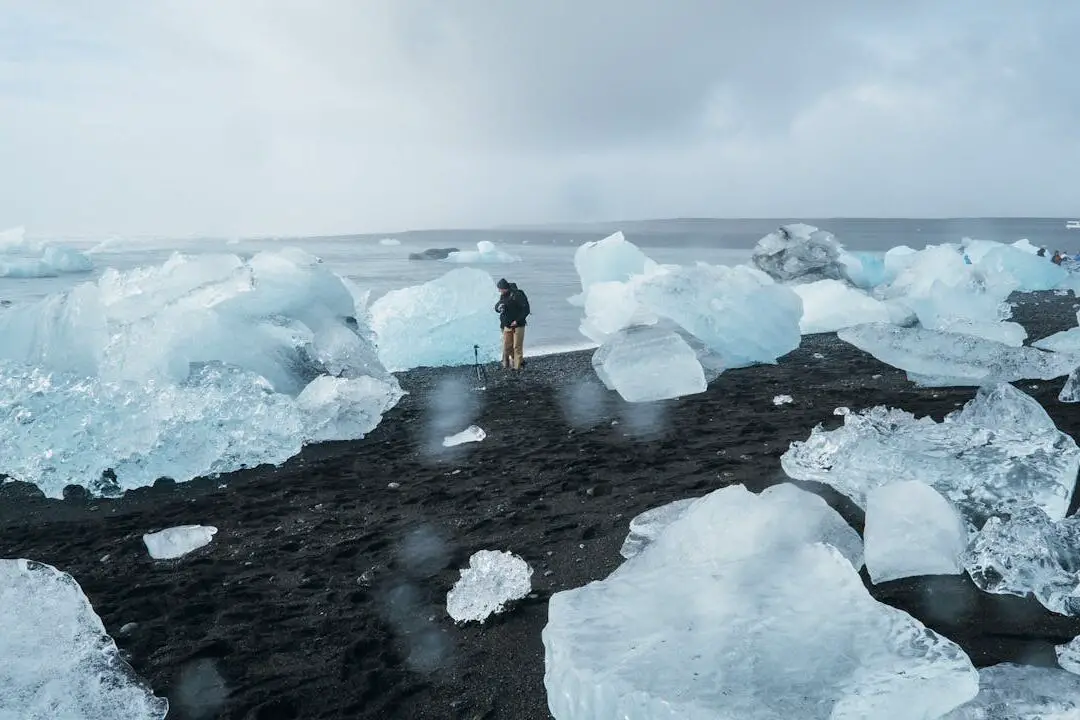
Wildlife also plays a crucial role in enhancing the resilience of ecosystems to climate change. Diverse ecosystems that are rich in wildlife tend to be better at adapting to changes in temperature, rainfall, and other environmental factors. For example, ecosystems with a high number of species can buffer the impacts of climate change by providing a wide range of services, from carbon sequestration to water regulation.
When wildlife populations are healthy and stable, ecosystems are better equipped to cope with the stresses of a changing climate. Species that contribute to ecosystem functions, such as pollination and seed dispersal, help ensure that ecosystems remain productive and capable of supporting life. As climate change continues to pose challenges for the planet, maintaining healthy wildlife populations will be essential for promoting the resilience and restoration of ecosystems worldwide.


